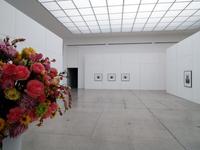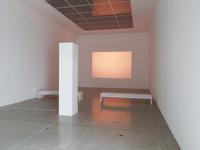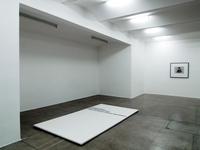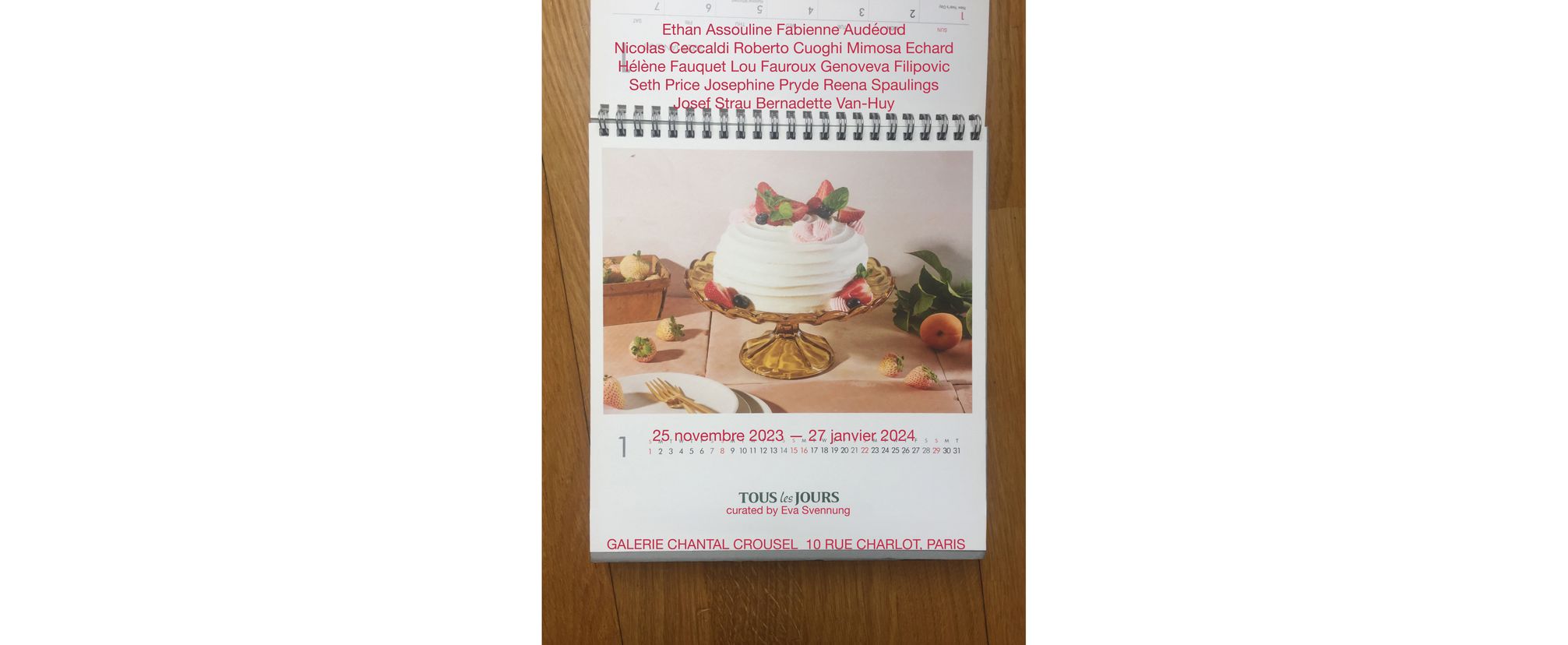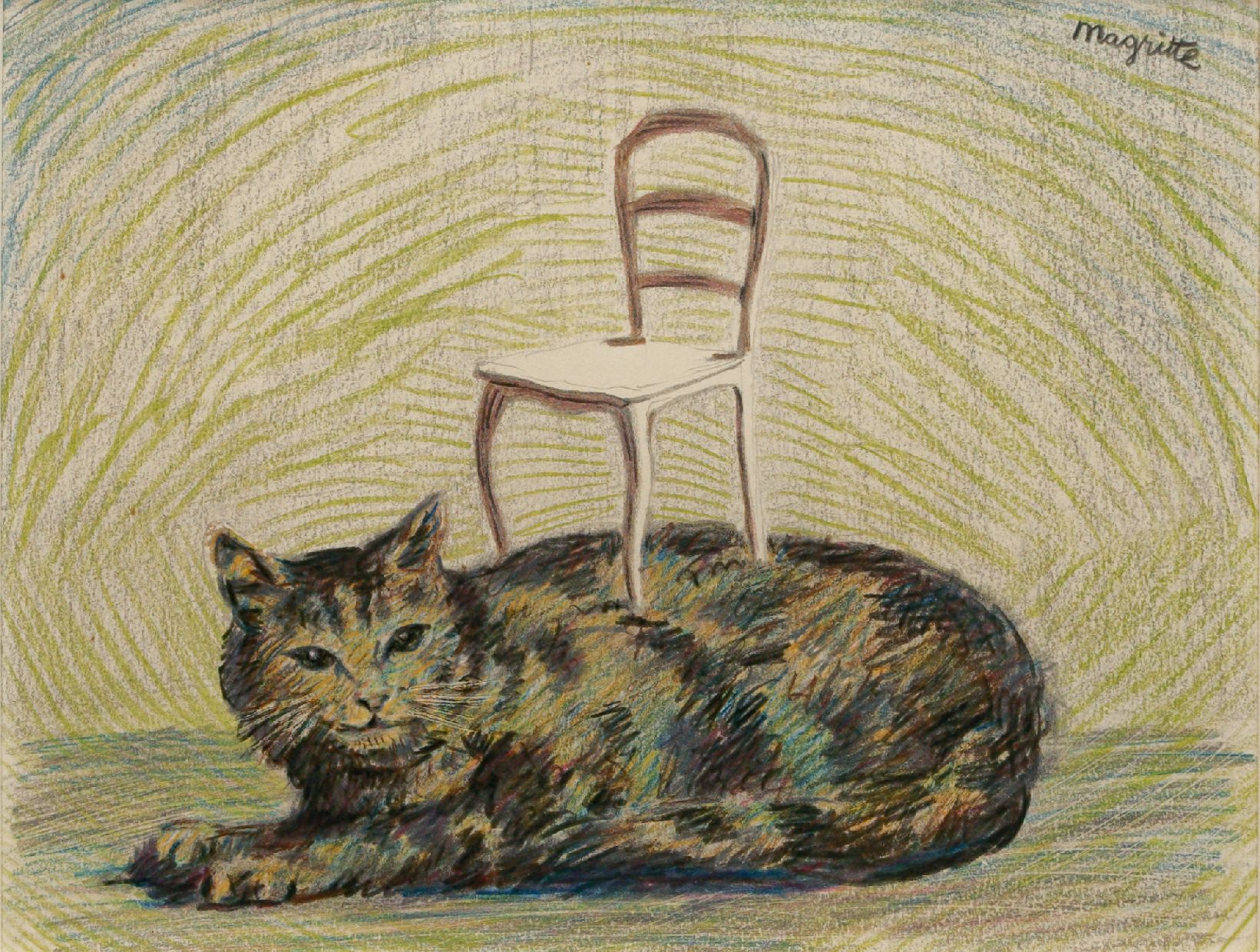At the invitation of the Secession, de Rijke / de Rooij and Christopher Williams have developed a joint exhibition to be shown in all three of the gallery’s spaces. Their independent positions enter into a dialog that reveals both the similarities between their approaches and the differences in their implementation.
Taking as their point of departure a documentary-oriented aesthetic, both Williams and de Rijke / de Rooij examine the condition, presence, and impact of photographic images. As ubiquitous elements within today’s visual cultures, these pictures have taken on a curious see-through quality – what is perceived in not the picture but that which it portrays. Both in terms of motifs and in the use of specific techniques and forms of presentation, the three artists seek to reconnect photography to that which is photographed.
“Art is artificial, and we like that.” With their works, de Rijke / de Rooij tackle the ways that seeing and overseeing are taken for granted. Pictures, they reveal, are produced in two senses in concrete terms as films, photographs and installations, but also socially by conventions of perception and presentation. Developing slowly, with visual opulence or in confrontation with texts, their works provoke modes of seeing that are sharpened by changes in detail without relying on consistent narratives: their pictures tell no stories other than their own.
At the Secession, the works shown by de Rijke / de Rooij include the 16mm film Mandarin Ducks, premiered this summer at the Biennale in Venice: in a middle-class apartment with modern furnishings, ten people meet who in changing constellations discuss dependencies and ideals, love and corruption, psychic dividedness and chaos. Through the demonstratively artificial performance of the actors, the sequences of painting-like tableaux, and the distorted nonlinear narrative, de Rijke / de Rooij include in the work a display of their own distance to what is shown. The representation of apparently classical movie elements raises the question of the ideologies behind them.
The 35mm film The Point of Departure examines the structure and pattern of a Caucasian rug from the 19th century. At first, the camera moves through the weave at microscopic level. After this absolute close-up of individual fibers and colored tufts, the camera moves far enough away to give a vague idea of the surface of the carpet. With more distance still, lines and geometrical forms are identifiable. As the viewer loses touch with the feel of the material, the concept behind it becomes visible. The Point of Departure investigates the ornament on which the artefact is based. The rug revolves, becomes smaller and smaller, finally dwindling to a white speck in the black. In a slow movement, elements of photography, painting, and film are combined, quoting the links between tapestry and painting. The emptiness of the space and the work involved in making the carpet are equated with the film.
Conceptual play on the black and white image – typical of traditional photography – also characterizes the new piece Bouquet IV and the photographs Light Study IV and Light Study V produced by de Rijke / de Rooij for their show at the Secession.
If the medium of photography brings time and motion to a standstill, then Christopher Williams’ pictures paradoxically document what has been in the world and what is thus volatile and constantly in the process of disappearing. His photographs show, for example, three views of a medium-format camera, referencing aesthetics from 1930s and ’40s advertising and confronting deceptively artificial cobs of corn with a photographic color chart. For all these pictures, Williams uses techniques that are as threatened with becoming anachronisms as their subjects. He sees this use of near-extinct techniques as “neither nostalgic nor [as] an argument against digital media per se, but as an attempt to grasp these processes at the moment of their disappearance.” In this way, Williams links the materiality of his pictures with the historicity of their motifs: history is inscribed in equal measure into the objects of the material world and their images.
The precision of Williams’ interweaving of past and present is also apparent in his titles, which refer to the supposed objectivity of documentary photography at the same time as spinning an extended network of associations. The b/w photograph Model # 105M-R59C Kestone Shower Door 57, 4 x 59″/Chrome/Raindrop, SKU # 109149, # 96235. 970-084-000 (Meiko Perkins), Vancouver B.C., Wednesday, April 6, 2005 shows a woman in the shower – a seemingly classical advertising motif. While referring back to the advertising aesthetic of the 1960s, the image breaks with perfect imitation and refuses seamless transmission into the present. For example, Williams accords the same presence to an industrial product like a shower door as he does to the face of the woman, and he chooses as his model not a teenager but a 35-year-old who, in contrast to many of today’s advertising productions, is looking into the camera and laughing openly. In this way, besides differences due to passing tastes, Williams names those moments which alone set in motion a shift in the way we perceive images.
more